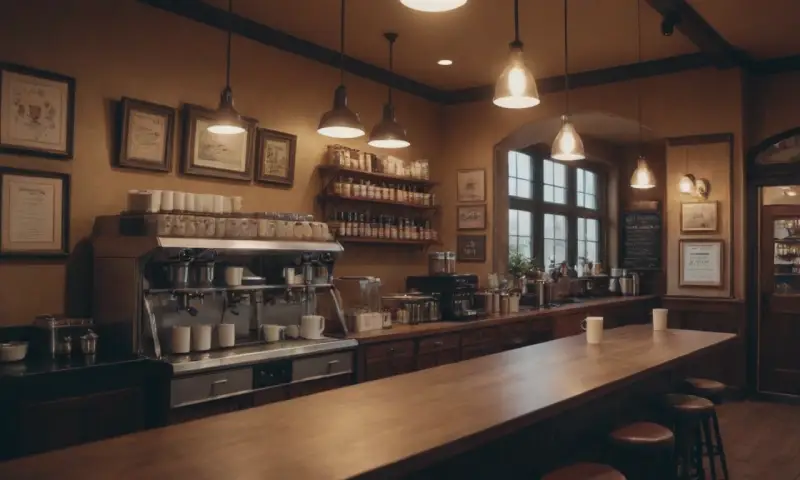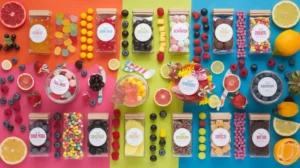Are coffee pods recyclable, and if so, how do we do it responsibly?
Grab your favorite brew and let’s dive in — because sustainability, much like coffee, is best served hot.

What Are Coffee Pods Made Of?
To understand whether coffee pods are recyclable, let’s first take a look at what they’re made of. Coffee pods can be made from a mix of materials:
| Material | Common Usage in Coffee Pods | Recyclability |
|---|---|---|
| Plastic | Often forms the outer shell | Recyclable (depends on local facilities) |
| Aluminum | Frequently used in premium pods | Fully recyclable |
| Organic Matter | The coffee grounds inside | Compostable |
| Composite Layers | A mix of plastic and foil for freshness | Difficult to recycle |
These layers protect freshness but can complicate recycling. The mix of materials often means pods need special handling, so tossing them straight into the recycling bin isn’t always an option.
Are Coffee Pods Recyclable? The Truth Revealed
The short answer: yes, many coffee pods are recyclable. The longer answer? It’s a bit complicated. Let’s break it down:
1. Aluminum Pods
Aluminum coffee pods (like Nespresso pods) are widely recyclable. Aluminum can be melted down and reused indefinitely without degrading its quality.
- What to Do:
- Empty the used coffee grounds (pro tip: use them as fertilizer for your plants!).
- Rinse the pod.
- Check your local recycling guidelines or use a brand’s recycling program.
2. Plastic Pods
Plastic pods can sometimes be recycled, but the type of plastic matters. Look for a recycling symbol with a number on the pod to determine if it’s accepted in your local recycling program.
- What to Do:
- Separate the coffee grounds from the plastic.
- Rinse the pod.
- Dispose of according to your local rules.
3. Compostable Pods
Some brands (like Ethical Bean or Grind) offer compostable pods made from plant-based materials.
- What to Do:
- Check if your council accepts compostable waste.
- If you have a home compost system, ensure it’s industrial-grade; most home setups won’t fully break these down.
4. Hybrid Pods
Pods made from mixed materials (like plastic + foil) are the trickiest. They’re often considered non-recyclable in standard systems. However, some brands run take-back schemes.
What Are Coffee Pod Recycling Schemes?
Good news: many brands now offer recycling programs to make the process easier.
Popular Recycling Initiatives:
- Nespresso: Provides free recycling bags. Fill them with used pods and drop them off at collection points or post them back.
- Tassimo: Partners with TerraCycle to recycle pods and outer packaging.
- Dualit & Nescafé Dolce Gusto: Offer similar take-back programs.
Pros and Cons of Recycling Schemes:
| Pros | Cons |
| Easy to participate | Requires extra effort (drop-off/mail) |
| Ensures proper recycling process | May not be available in all regions |
| Supports circular economy efforts | Could involve shipping-related emissions |
How to Minimize Coffee Pod Waste
If you’re looking to reduce your environmental impact, here are some tips:
1. Switch to Reusable Pods
Reusable pods made of stainless steel or BPA-free plastic let you fill them with your favorite ground coffee.
- Benefits:
- Zero waste.
- Customizable coffee strength.
2. Opt for Compostable Pods
Choose brands offering certified compostable options. Just ensure your waste system can handle them.
3. Recycle Diligently
Follow your local guidelines or use brand-specific recycling schemes.
4. Brew Coffee the Old-Fashioned Way
Consider ditching pods altogether. A French press, pour-over, or moka pot offers great flavor without the waste.
Let’s face it, we’ve all been there: wrestling with a pod at 7 a.m. only to discover we’ve put it in upside down. While coffee pods have made our mornings smoother, their environmental footprint can feel like a bad punchline. Thankfully, with a little effort, we can all turn this story into a sustainable success.
The Bottom Line
Yes, coffee pods can be recycled — but it’s not always as simple as tossing them in the nearest bin. By understanding the materials, using recycling schemes, and exploring alternatives, you can enjoy your caffeine kick with a clearer conscience.
So, go ahead and sip your coffee. Just remember: the planet runs on sustainability, not caffeine (unlike some of us!).



